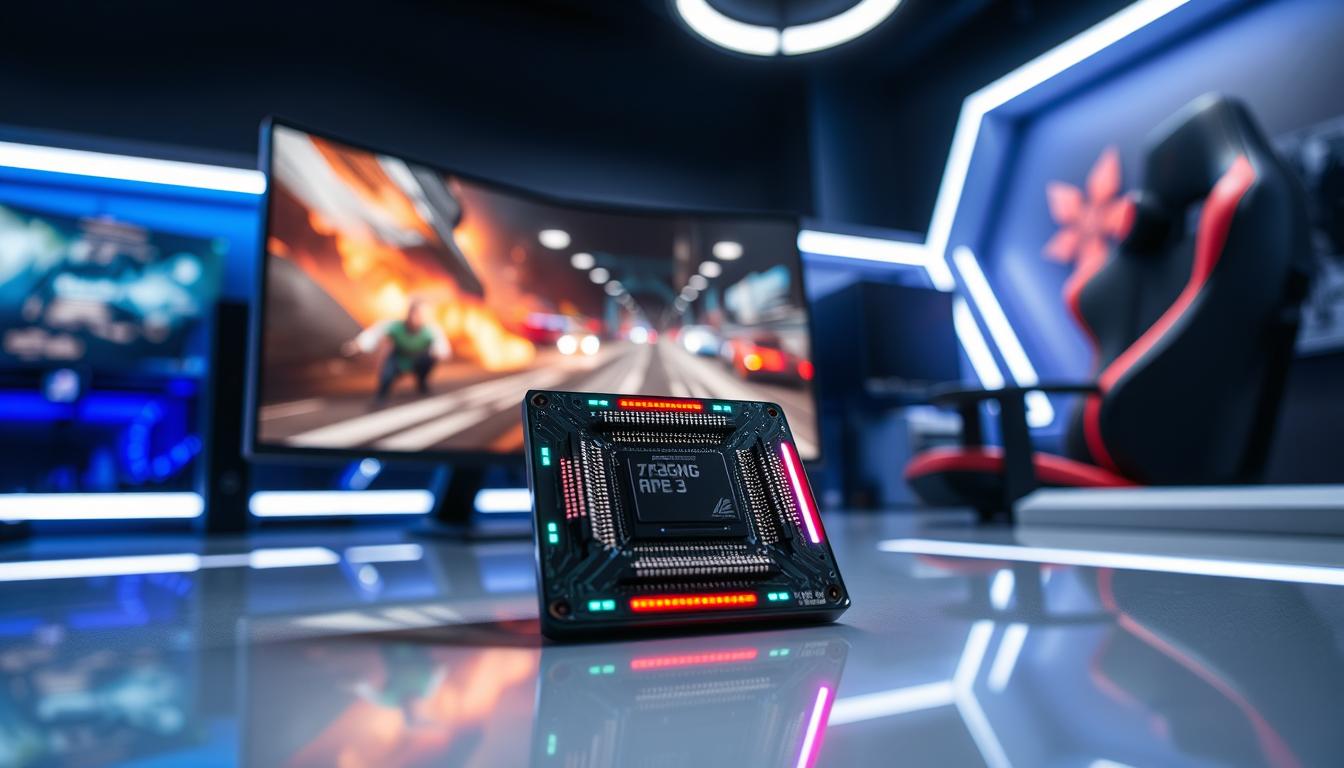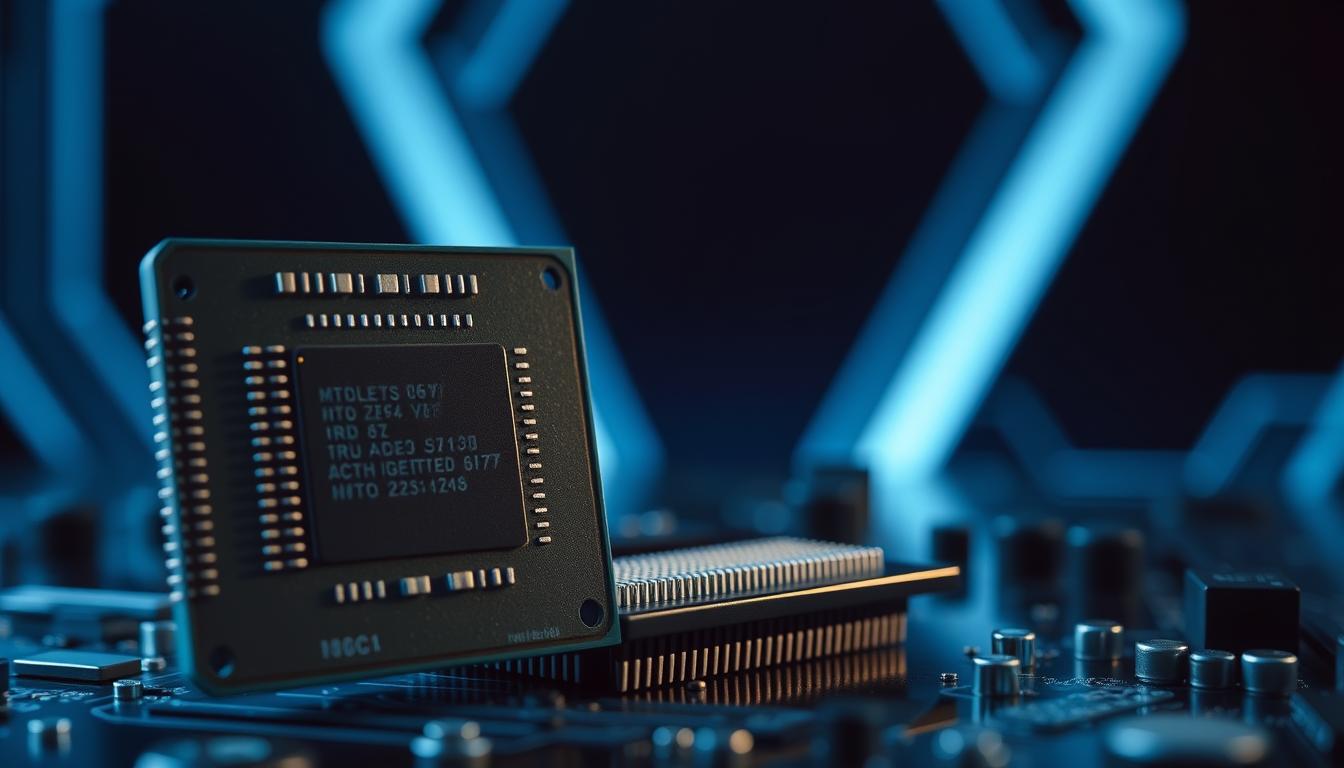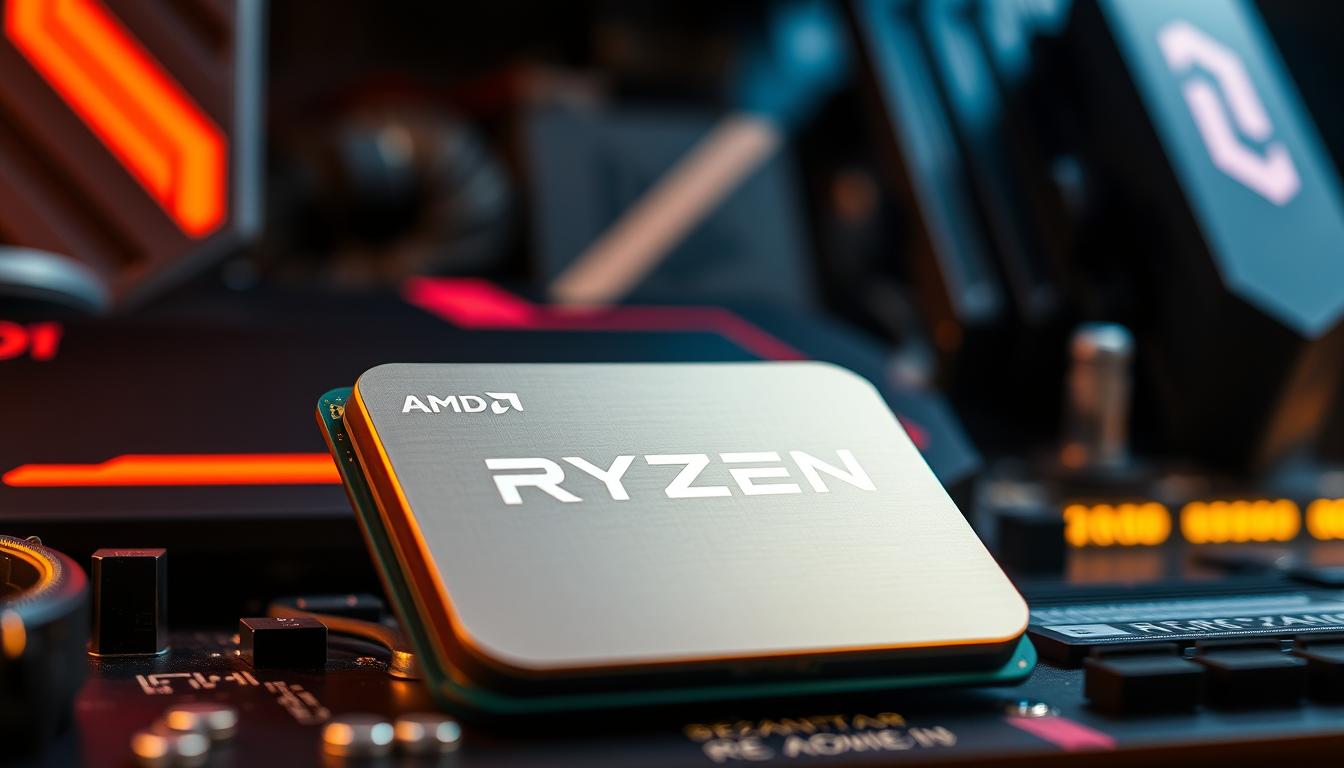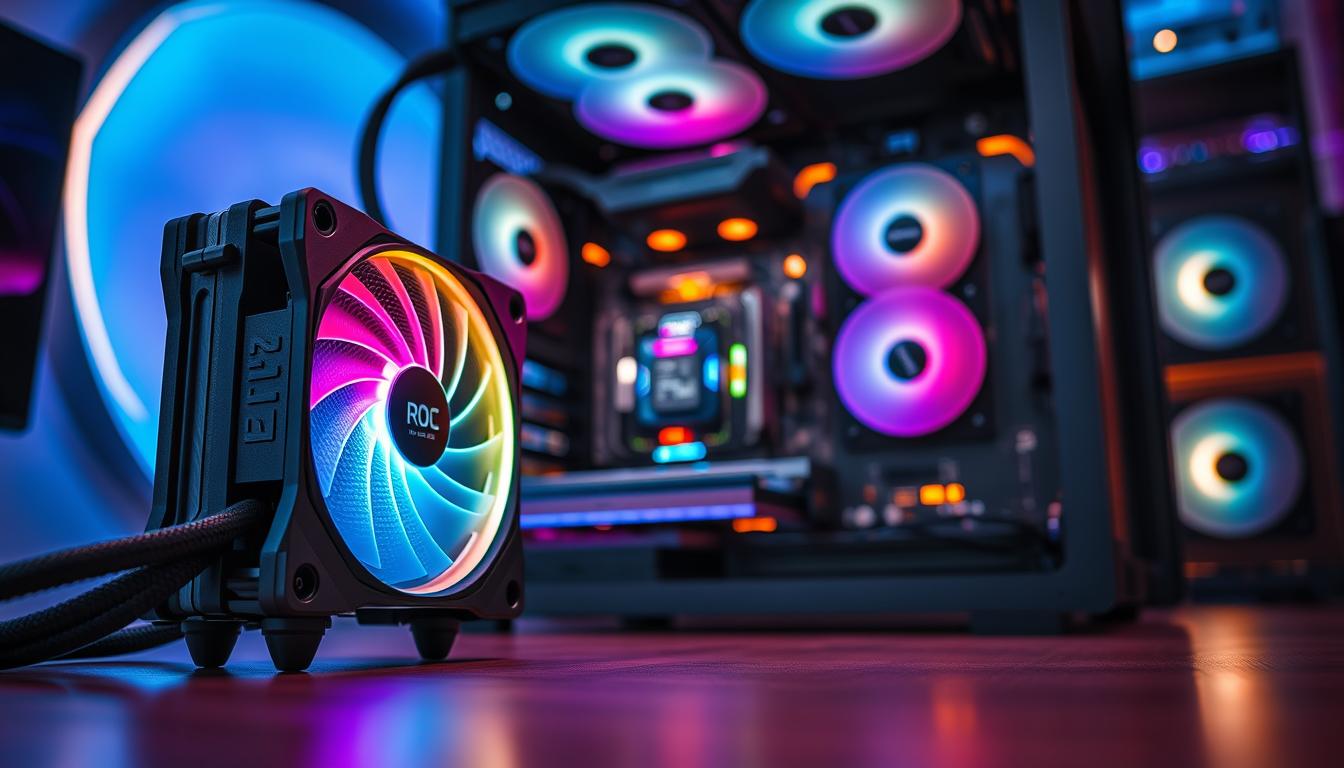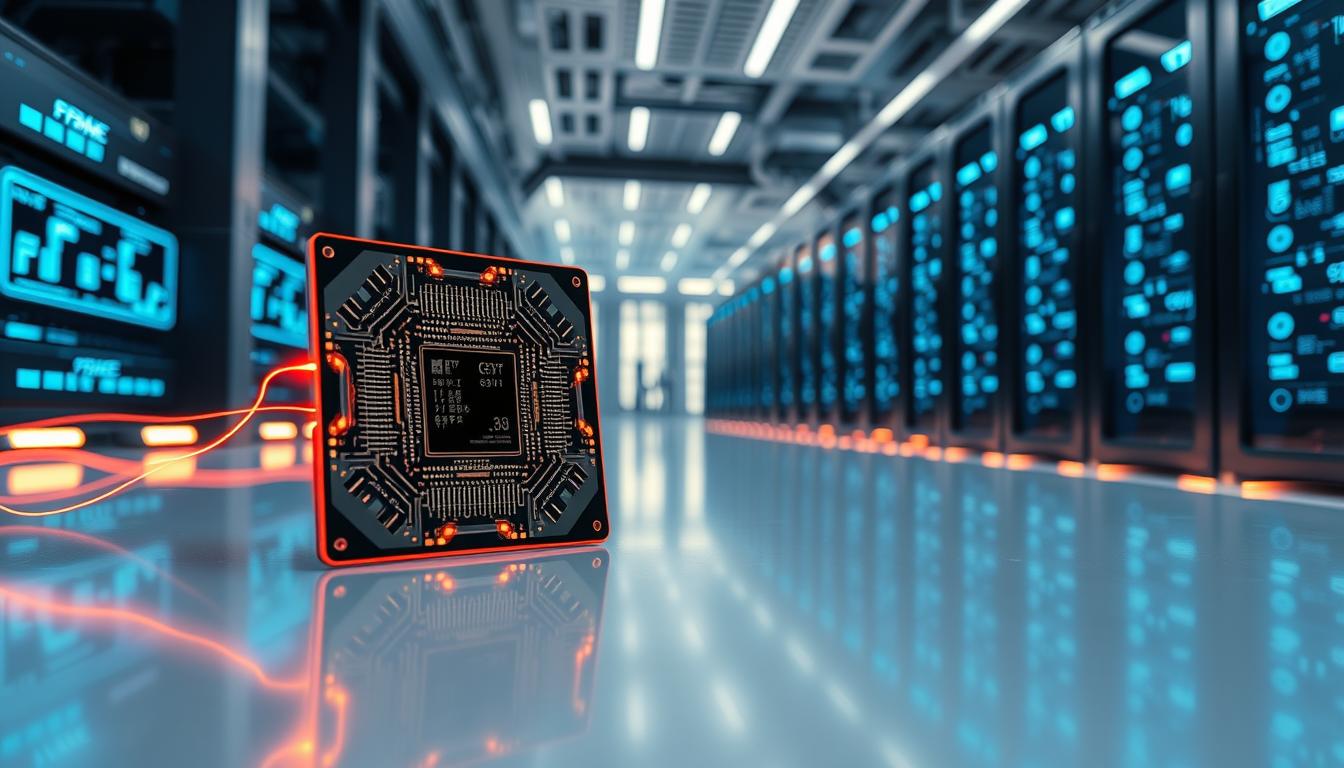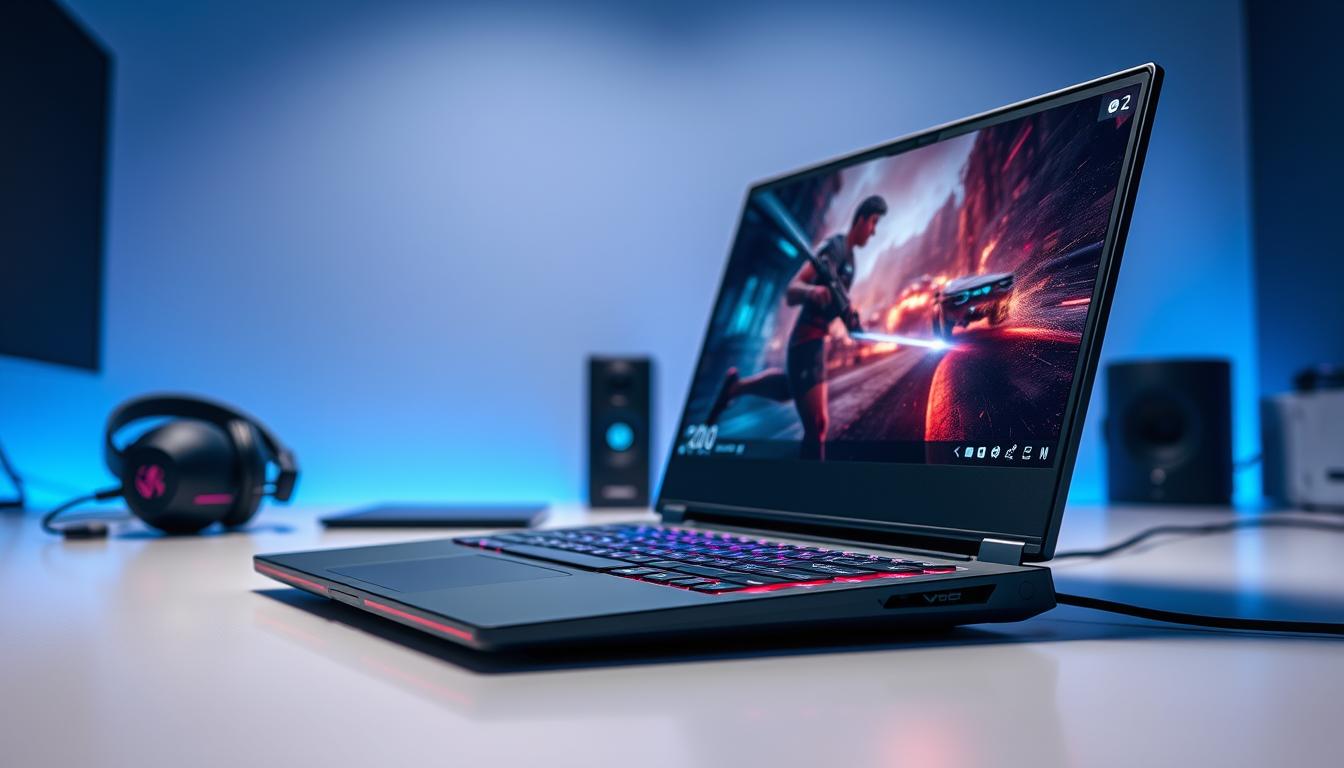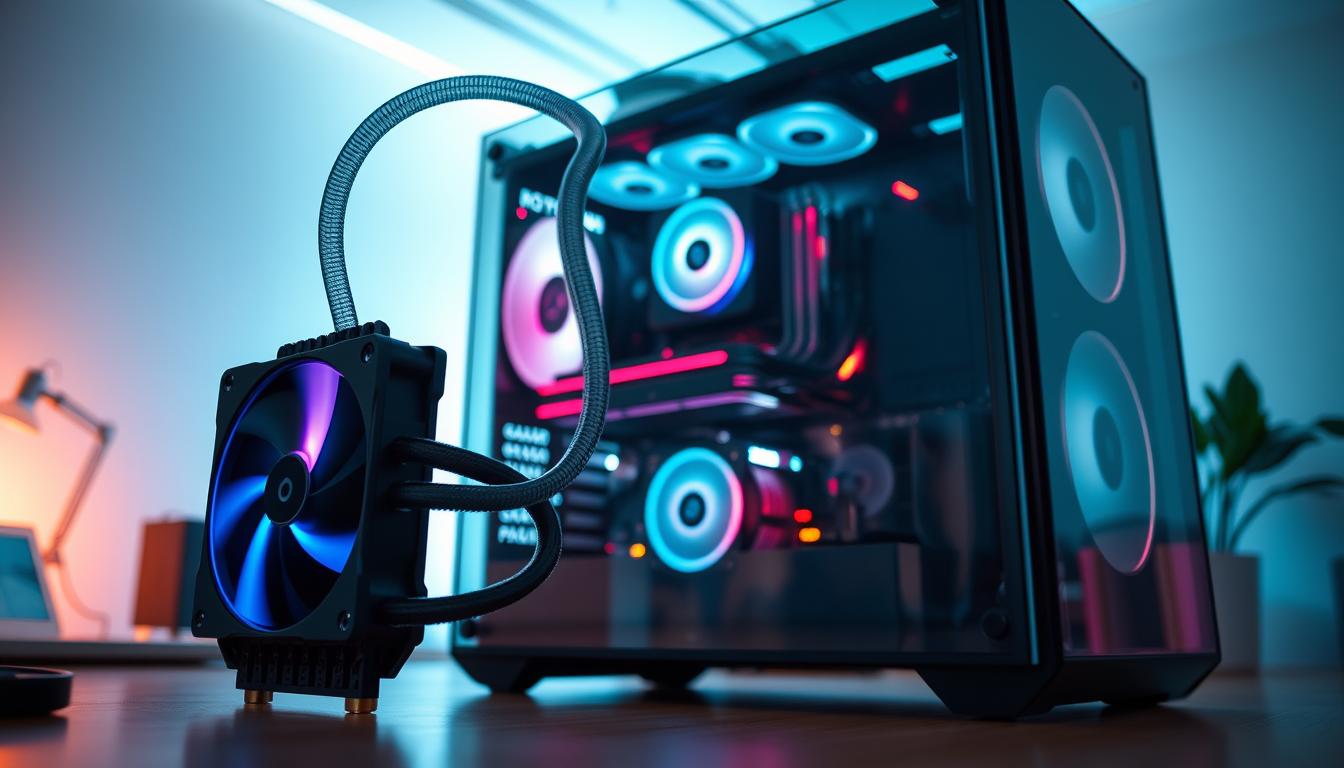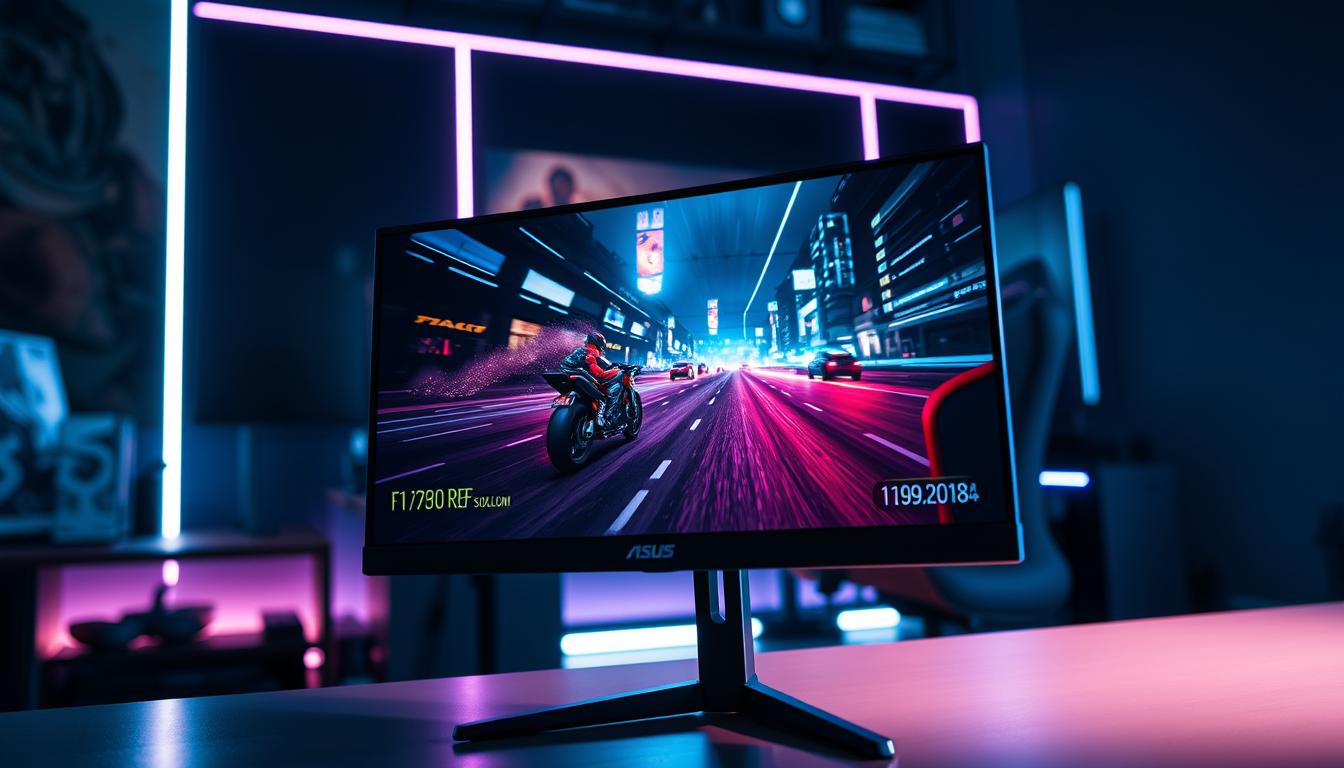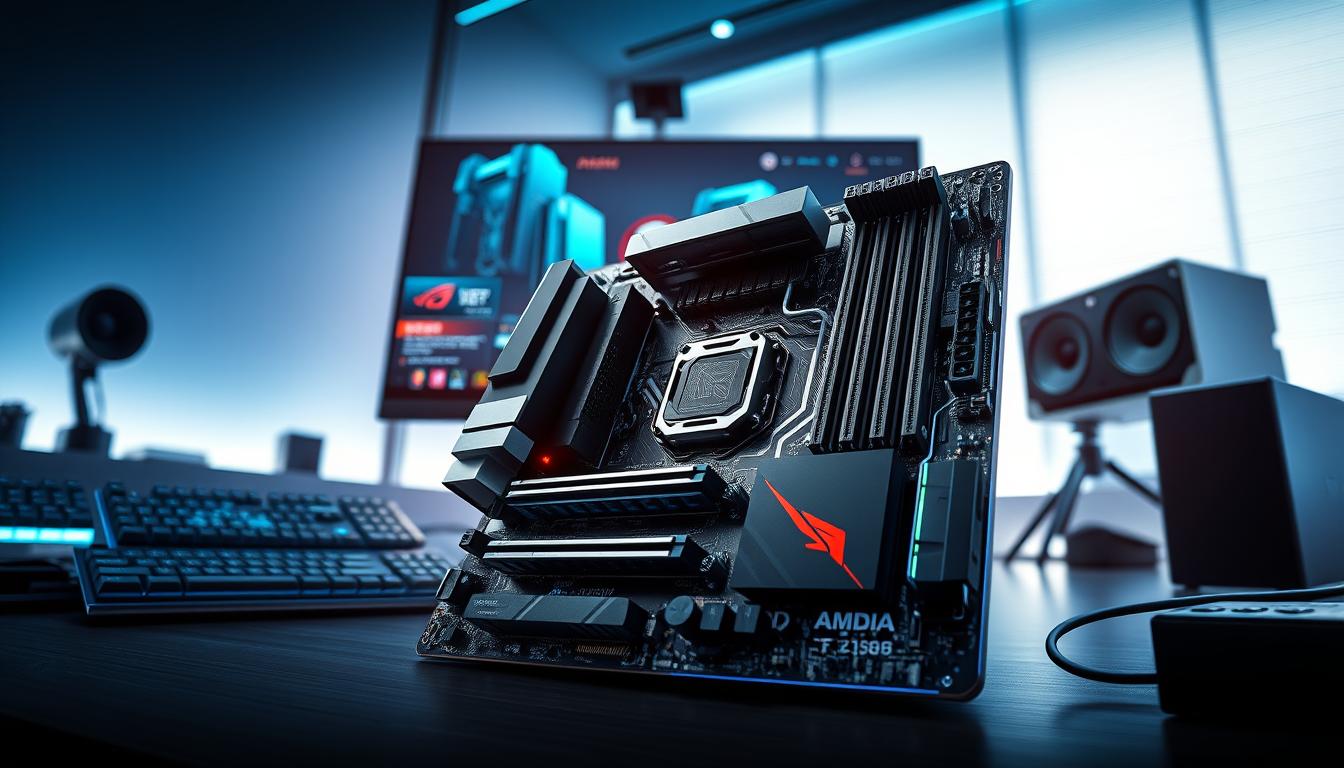The Essential Guide to Good PC Fans The significance of good fans frequently springs to mind when I consider the parts that go into a high-performing PC. Many people concentrate on the CPU, GPU, and RAM, but cooling solutions are equally important, in my opinion. Proper PC fans are essential for preserving the system’s ideal temperatures, which have a big impact on longevity and performance. Insufficient cooling can cause components to overheat, which can result in thermal throttling or even irreversible damage.
Key Takeaways
- Good PC fans are important for maintaining optimal temperature and airflow within a computer system, preventing overheating and prolonging the lifespan of components.
- Characteristics of good PC fans include high airflow, low noise levels, long lifespan, and efficient energy consumption.
- Types of good PC fans include case fans, CPU fans, and radiator fans, each serving different purposes within a computer setup.
- When choosing the right PC fans for your setup, consider factors such as size, airflow, noise level, and compatibility with your computer components.
- Proper installation and regular maintenance of good PC fans are essential for ensuring optimal performance and longevity of the fans and the computer system as a whole.
I believe that purchasing high-quality fans is an essential part of building or upgrading a computer because of this. Also, quieter computing is a result of having high-quality PC fans. I know how annoying it can be when loud fans interfere with my ability to concentrate when working or playing video games. In addition to moving air effectively, high-quality fans are made to run silently. This harmony between performance & noise level is crucial for anyone who appreciates a quiet computer environment.
Effective PC fans essentially improve the user experience in addition to lowering temperatures. Several traits spring to mind when assessing what makes a good PC fan. Above all, airflow is essential. A high cubic feet per minute (CFM) rating is what I always look for in a fan because it shows how much air the fan can move. By dissipating heat more effectively, a fan with a higher CFM can cool components more effectively.
Static pressure is yet another crucial consideration, particularly for fans that will be utilized in confined spaces like heatsinks or radiators. Air can pass through these confined spaces more efficiently with a fan that has a high static pressure. The noise level, expressed in decibels (dB), is another feature I look for. For my setup, the perfect fan is one that runs quietly while still producing great airflow.
To make sure I’m not giving up performance for silence or the other way around, I frequently find myself looking at reviews & specifications for noise ratings. Moreover, longevity is crucial; I favor fans constructed of premium materials that won’t break after extended use. Over time, features like magnetic levitation technology or fluid dynamic bearings can increase durability & decrease wear.
Throughout my experience with PC building, I have come across a variety of fans, each with a distinct function. The most popular kind, the case fan, is necessary to keep the airflow inside the computer casing constant. These fans are intended to either intake cool air or exhaust hot air, & they are available in a variety of sizes, usually between 120 and 140 mm.
I frequently select case fans based on their noise levels & CFM ratings to make sure they will satisfy my cooling requirements. The CPU cooler fan is another kind that I find to be very helpful. These fans are essential for keeping the processor cool during demanding tasks because they are made especially to work with CPU heatsinks. A few CPU coolers have more than one fan to improve cooling effectiveness.
Also, there are radiator-specific fans for liquid cooling systems. These fans are designed to efficiently force air through a radiator’s dense fins by maximizing static pressure. Knowing these varieties enables me to choose fans for my builds with knowledge.
I carefully consider a number of factors when selecting the best PC fans for my setup. I start by calculating how big my case is and how many fan slots are available. It’s crucial that the fans I choose fit correctly in the allotted areas without getting in the way of other parts. To find out the largest fan sizes my case can support, I frequently consult its specifications.
I then take into account my cooling requirements in light of my usage habits. For instance, I give top priority to high-performance fans with superior airflow and static pressure ratings when constructing a gaming setup that will be subjected to heavy loads. On the other hand, if my setup is mainly used for light gaming or office work, I might choose quieter fans that still offer sufficient cooling without making too much noise. I also consider aesthetics when making decisions; I frequently search for fans with RGB lighting that can be customized to fit the overall theme of my build. Good PC fan installation is a simple procedure that I’ve gotten pretty good at over the years.
Usually, the fan is fastened in position with screws or mounting brackets that the manufacturer supplies. I always make sure that the airflow is directed correctly; depending on where they are located, fans should either push air out of the case or pull it in. Following this rule is essential to preserving the system’s ideal airflow.
Maintaining my fans after they are installed is essential to their continued effective operation. I have developed the habit of routinely cleaning my fans because dust buildup can impair operation and raise noise levels. I can get rid of dust without harming the fan blades or motor by using compressed air or a soft brush. Also, I look for wear indicators and odd noises while the fan is operating; if it begins to make odd noises or stops spinning correctly, I know it needs to be replaced. Maximum Effectiveness Under Stress.
Better thermal management is among the benefits I see right away. My components run cooler when I have high-quality fans installed, enabling them to function at their best without throttling under load. This is especially crucial when using resource-intensive apps or while playing games. Noise disturbances have decreased. Noise reduction is an additional advantage.
Good fans are designed to run silently without sacrificing airflow. This implies that loud fan noise won’t distract me from my work or interfere with my ability to enjoy immersive gaming experiences. Comfort and energy efficiency. Effective fans can also help with energy efficiency; over time, they can help lower power consumption by maintaining lower temperatures.
All things considered, spending money on high-quality PC fans has turned out to be beneficial for both comfort & performance. I’ve come across a number of typical errors that people frequently make when it comes to fan usage during my experience building & maintaining PCs.
Before fastening the fan casing, I always make sure to check the arrows that indicate the direction of the airflow. I have also seen the error of not strategically taking fan placement into account.
Many people merely increase the number of fans without considering the impact on the dynamics of the airflow as a whole. An airflow system that is balanced and has effective intake and exhaust fan operation is crucial.
In my search for high-quality PC fans, I’ve discovered a number of brands that continuously provide dependable and outstanding performance.
A notable brand is Noctua, whose fans are a mainstay in many high-performance builds, including mine, due to their superb engineering & silent operation. They are an excellent option because of their focus on durability and attention to detail. Another company worth mentioning is Corsair; their range of RGB fans enhances any build’s aesthetic appeal in addition to offering superior cooling. When creating an eye-catching setup, I find Corsair’s iCUE software’s customizable lighting effects especially appealing. Last but not least, Be Quiet!
is a brand that truly lives up to its name by creating some of the quietest fans available while maintaining remarkable cooling capabilities. To sum up, a strong PC fan is a crucial part of any computer configuration, greatly influencing both user experience and performance. I can make sure that my system continues to function smoothly & effectively for many years to come by being aware of their types, importance, and traits as well as how to choose and maintain them.
If you’re looking to build a high-performance PC, it’s important to consider the cooling system. Good PC fans can make a significant difference in keeping your components running smoothly and efficiently. For more information on building a powerful PC, check out this article on the Intel Core i9-14900K processor at yourcomputerbuilder.com/14900k/. This processor offers impressive performance and would benefit greatly from a reliable cooling solution.
FAQs
What are PC fans?
PC fans are small, electrically powered fans that are used to cool the components of a computer, such as the CPU, GPU, and power supply. They help to dissipate heat and prevent overheating, which can cause damage to the hardware.
Why are good PC fans important?
Good PC fans are important because they help to maintain the optimal operating temperature of computer components. This can extend the lifespan of the hardware and improve overall system performance.
What are the characteristics of a good PC fan?
Good PC fans are characterized by their airflow, static pressure, noise level, and reliability. They should be able to move a sufficient amount of air while maintaining low noise levels and be durable for long-term use.
What are the different types of PC fans?
There are several types of PC fans, including case fans, CPU fans, GPU fans, and power supply fans. Each type is designed to cool specific components within the computer.
How do I choose the right PC fan for my computer?
When choosing a PC fan, consider factors such as the size of the fan, airflow and static pressure ratings, noise level, and the specific cooling needs of your computer components. It’s also important to ensure compatibility with your computer’s case and components.

